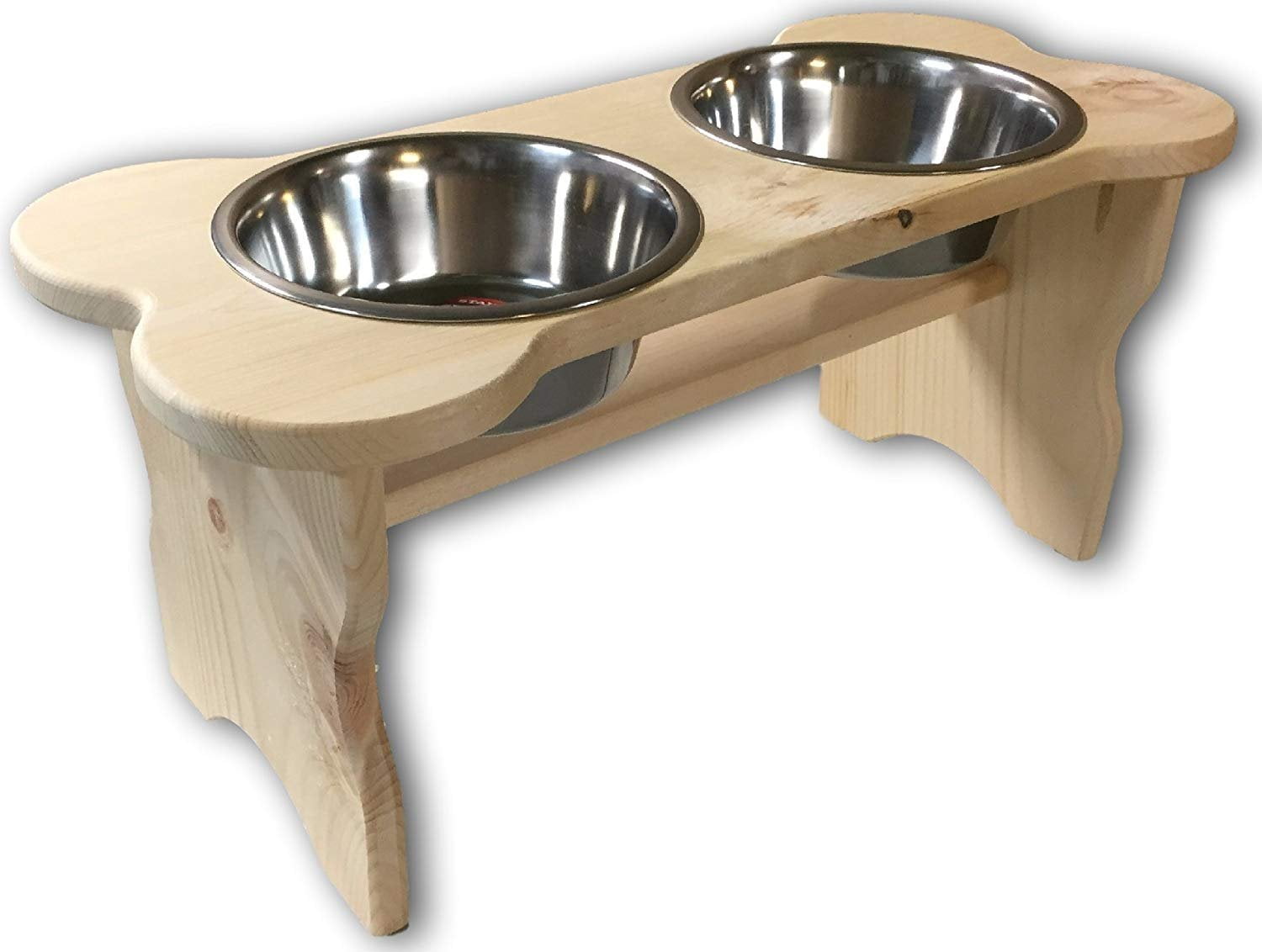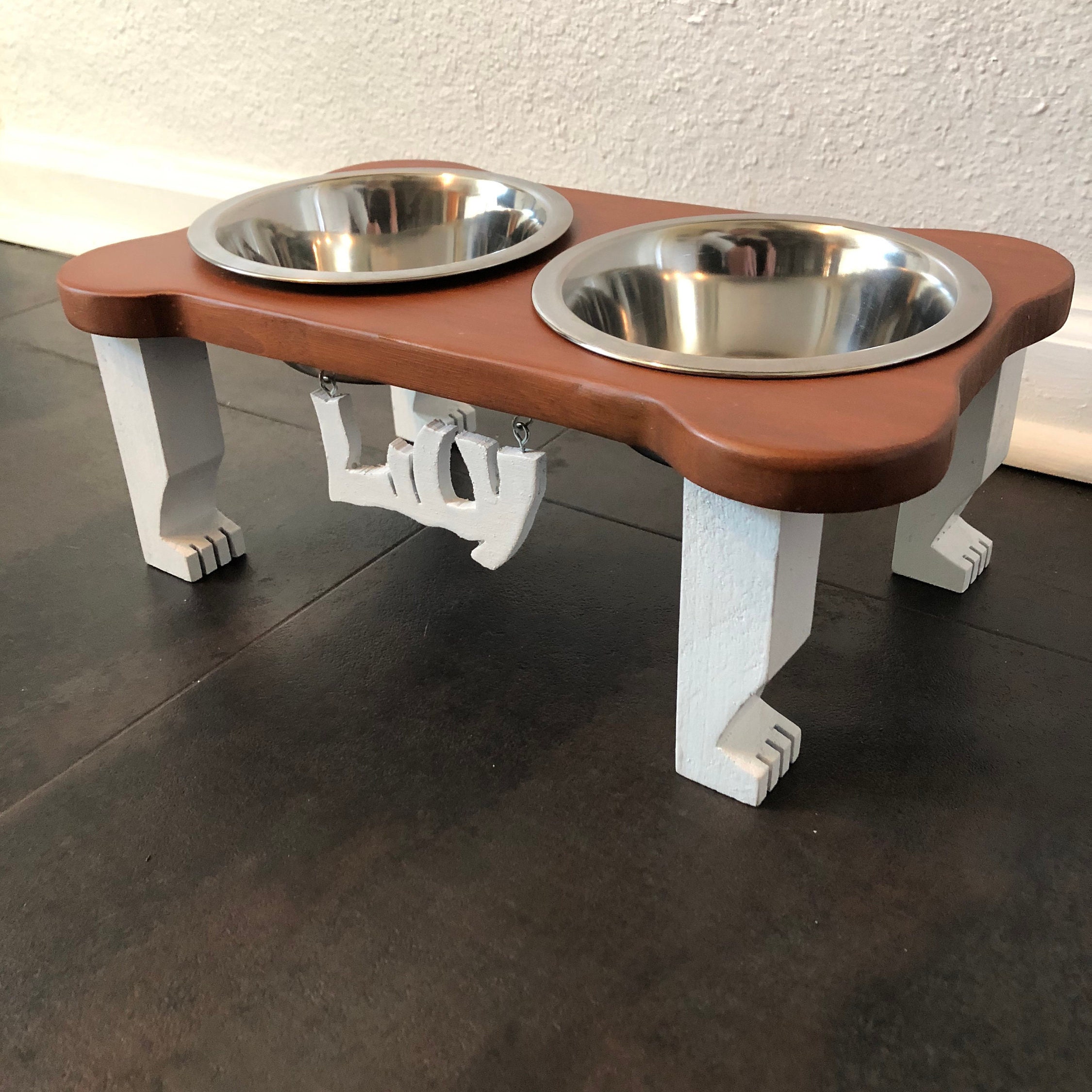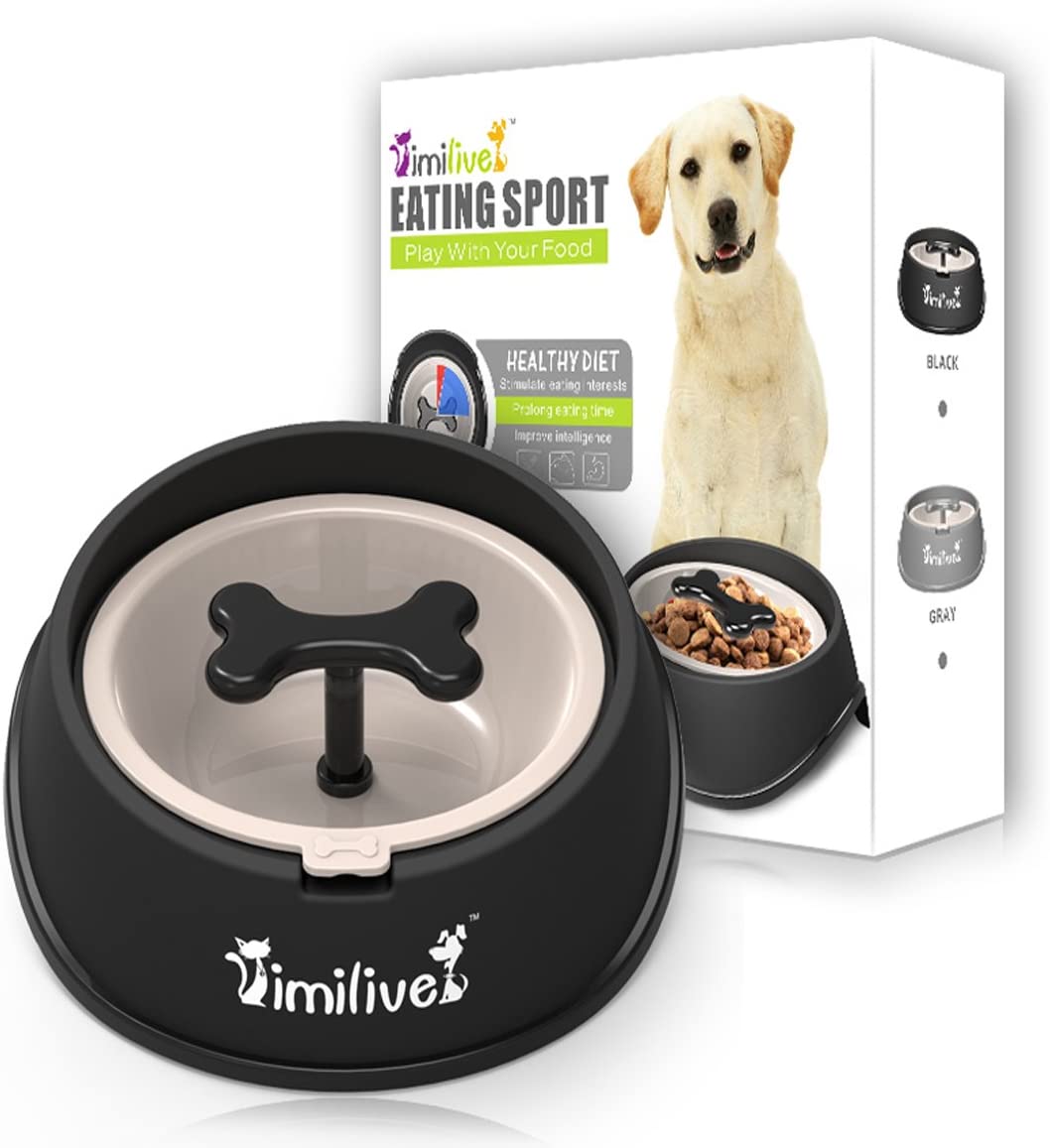

In the U.S., manufacturers have been required since 1971 to fire pottery at temperatures high enough (in theory) to make glazing safe – that is, impervious to surface degradation. The smaller the dog, the more this toxicity is magnified. Prevention is the only realistic “cure” for lead poisoning.Įxposure to lead can cause a multitude of health problems, including brain and organ damage, impaired vision and hearing, stunted growth, impaired motor function, cancer, and reproductive complications. Lead is a highly potent toxin that accumulates in the body – once in, it can not be gotten rid of easily or inexpensively. The reason is that ceramic glazes contain lead, which can leach into food and water. But if you don’t know how or where they were made, it’s best not to use them. There are a lot of pretty bowls in the world, and some that are painted and sold for use by dogs are too cute for words. We have no problem with using safe “people” dishes, even permanently, but think about it! Using cast-off dishes that aren’t safe for people is even less safe for our dogs, who may be exposed to far more toxins in their short lives than we are! NOT RECOMMENDED: Foreign-Made or Old Ceramic Dishes In every case, we were told those dishes were “temporary situations” whose permanent solutions hadn’t yet made it to the top of the agenda. Some of the dishes were perfectly safe, but we also found among these ad hoc substitutions a cheap aluminum two-quart pot, a chipped glass bowl, a variety of plastics, and a pretty (but possibly dangerous) ceramic dish purchased in a Mexican street market. Recently, after visiting the kitchens of a number of dog owners, WDJ came home with some interesting data: most used vessels unintended for the purpose. If you’re like many dog owners, you feed and water your dog in dishes culled from your own supply of culinary containers. After all, they might use the same dishes day-in and day-out throughout their lifetimes. Some experts believe that carcinogenic substances can seep out of plastic dishes, too.īut there are so many attractive, inexpensive, and perfectly safe products on the market – including products made for humans – that there is really no reason to take a chance with your dogs. Concerns have been emerging for some time, for instance, about the use of aluminum cookware, and the possibility of lead poisoning from unsafe pottery glazes. Many people are unaware that certain types of dog dishes (and people dishes!) are capable of leaching dangerous substances into the foods and liquids that fill them.

What’s most important, however, is not what they look like or how much they cost, but whether they contain that food and water without contaminating it with any chemicals of their own! You can spend a few dollars on a practical stainless steel model, or a few hundred for a kidney-shaped granite job with legs. But in essence, dog bowls function in pretty much the same manner: they hold food or water. Of course, bowls also come in a million different “specialty” models – to feed automatically, repel ants, resist spilling, fold up for travel, and so on.

Among them are many simple, practical and economical models, meant for long-term everyday use, which are the focus of this article. Consider your dog’s dinnerware, a topic more complicated than you might have thought.Ī visit to your local pet superstore, for example, will reveal dozens of choices, in plastic, stainless steel, glass, nylon, ceramic, and possibly aluminum.


 0 kommentar(er)
0 kommentar(er)
